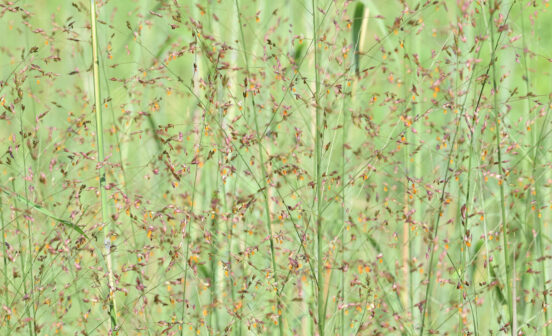Protecting local waterways starts at home—and these programs are here to help
August 18, 2025Many nonprofits, and state and local government agencies offer financial and technical assistance for stormwater projects
Read story
Our regional partnership guides the restoration and protection of the nation’s largest estuary.
Learn more about usMany nonprofits, and state and local government agencies offer financial and technical assistance for stormwater projects
Read story
The red-eyed vireo blends in with its background but makes itself known by constantly singing
Read story
Less than a year after restoration, wildlife is already returning to a resilient Jabez Branch
Read story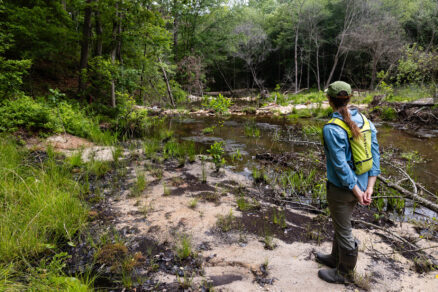
5 themes guide the agreement:
Our partnership is guided by the Chesapeake Bay Watershed Agreement, which includes goals and outcomes for restoring the Bay, its tributaries and the lands that surround them.
Learn more about the latest agreementThousands of creeks, streams and rivers deliver fresh water to the Bay from a region that spans 64,000 square miles.
Learn more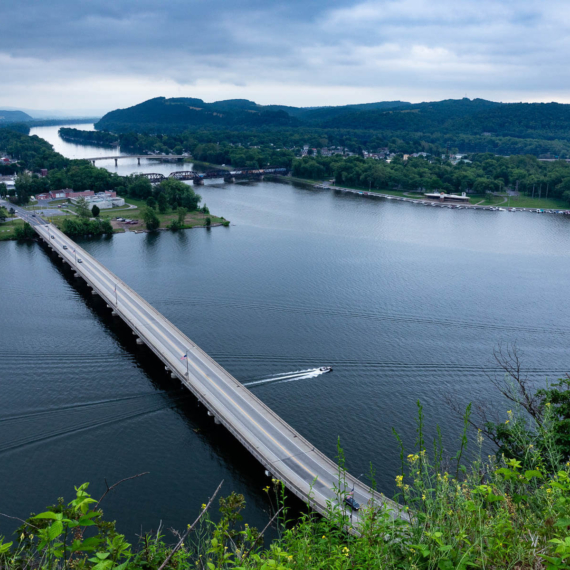
A balanced food web supports a productive ecosystem, as energy flows from the Bay's plants to its predators.
Learn more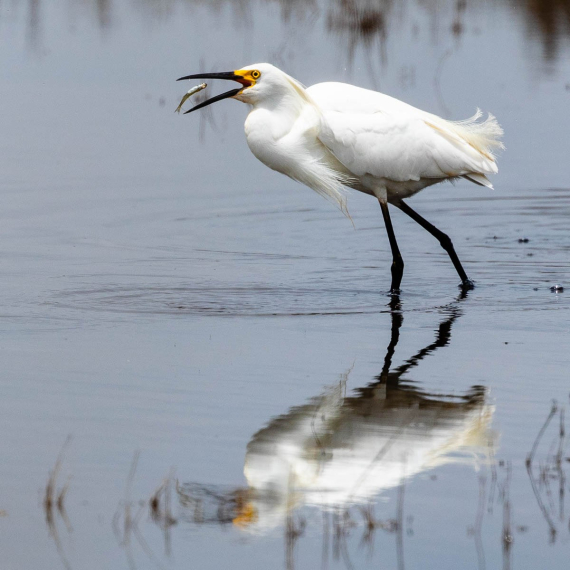
Complex problems face the Bay, its watershed and the plants, animals and people that live here.
Learn more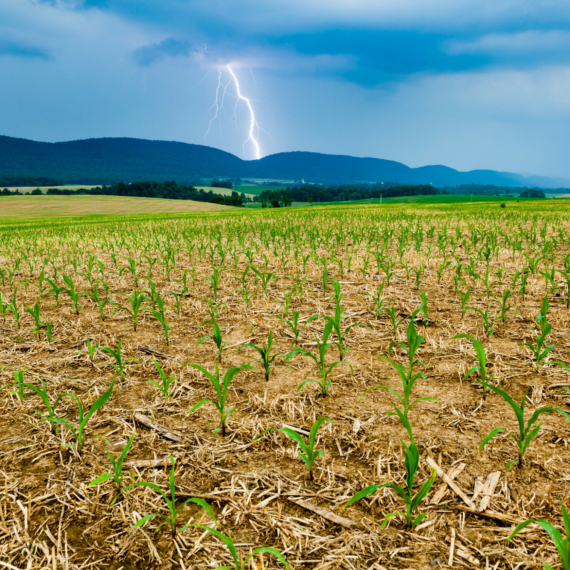
From trivia about its geography to facts about its flora and fauna, the Bay has a lot to teach us.
Learn more
Explore the Field Guide to learn about more than 300 species of birds, fish, insects, invertebrates, mammals, plants, reptiles and amphibians that live in the Chesapeake Bay region.
Visit the field guideSwitchgrass is a tall, native prairie grass that benefits birds and pollinators.
View critter